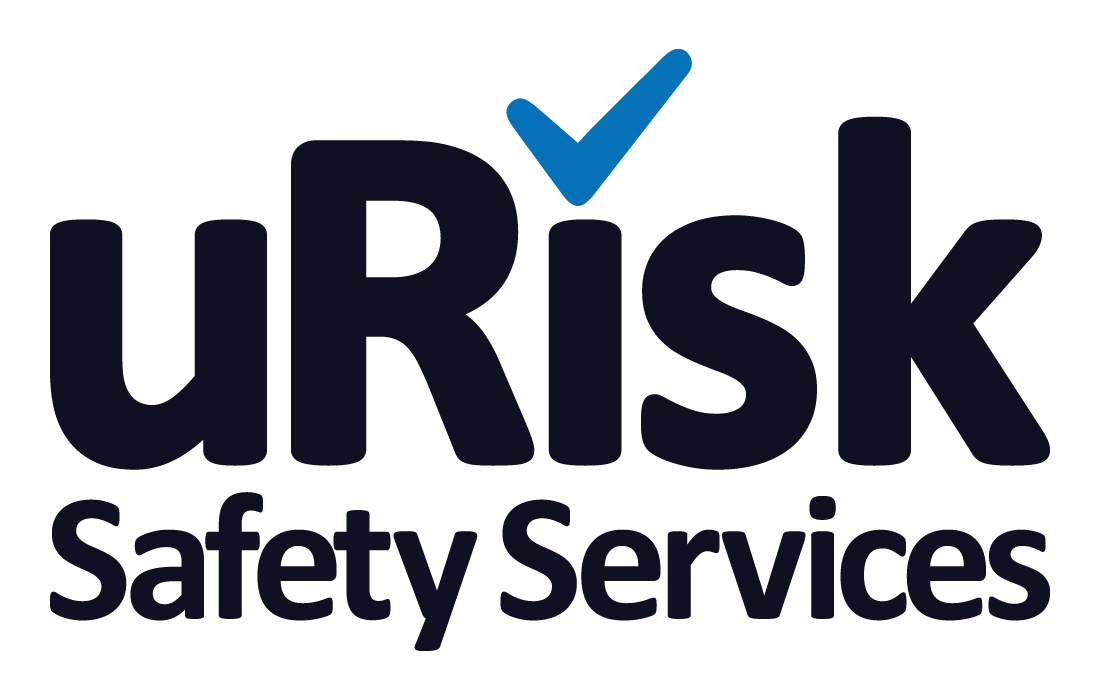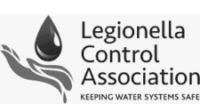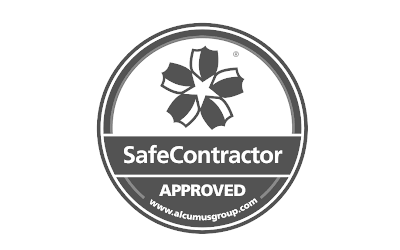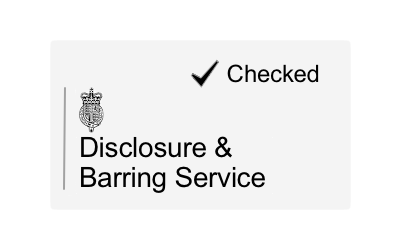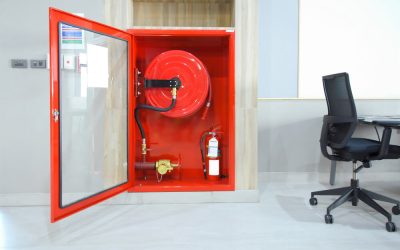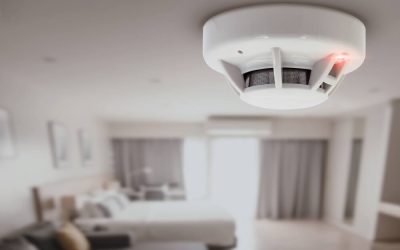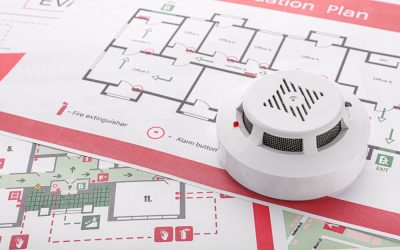10 signs your water system needs Legionella testing
In this article we’ll take a look at what legionella testing is, and when you might need to do it. Legionella testing is when you take samples of water from your water system to be analysed for legionella. Often this is referred to as legionella testing, analysis or sampling. In order to determine whether you need to have legionella testing carried out first you will need a legionella risk assessment. The assessment will help us understand what risks of legionella are present, how many water systems we have, and therefore how many legionella samples we must take for legionella sampling.
Below we have 10 common examples of when legionella testing is required.
1. Where there is a legionella outbreak
This is an obvious one. So of course, if there is a outbreak of legionella, testing is required to understand the volume and type of legionella bacteria present within your water system.
2. Where building occupants are deemed at risk
Here we focus on the vulnerable population. This might include: people above 50, ill health, a smoker, amongst other aspects. Should a low to medium risk be present then its still recommended that legionella testing is taken.
3. Where the legionella risk assessment findings recommend a microbiological sampling will aid in monitoring
In the latest version of the ACOPs L8 HSG 274 (Fourth Edition) it refers a lot to your legionella risk assessment. Making it the vocal point of your management plan. Whatever the outcome of your legionella risk assessment, by carrying out routine legionella testing, analysis, sampling you will have a better understanding of the success of your legionella control and monitoring plans. As well as a greater understanding of your water quality. Changes in water quality, such as unusual taste, odor, or discoloration, may serve as a not drinking water sign, signaling potential issues with the pump that require servicing.
4. Where the written scheme is not successfully carried out or where anomalies arise
Whether your written scheme, also known as site water log book, is not carried out at all or not carried out and successfully preventing or controlling legionella proliferation (growth) then legionella testing should be implemented to understand the current status of the water system.
5. Where the systems are treated with biocide and storage + temperatures are lowered
Another straight forward point here; if you’re treating the system and/ or temperatures are affected and drop or raise into the zone where legionella excels (20 to 50 degrees) then legionella testing is recommended as the risk of legionella proliferation increases.
6. Where drinking water is stored
In most circumstance drinking water is mains supplied. However, in some instances there are premises that store drinking water. The human body is and can be fragile and whilst drinking legionella bacterium’s is not how you normally contract legionnaires disease we still want to ensure high levels of the bacteria are not digested.
Legionnaires Disease is contracted through the inhalation of aerosol droplets that are contaminated with harmful legionella bacterium such as legionella pneumophila. Find out more on Legionnaires Disease and how it is contracted plus typical symptons on the NHS website – Legionella NHS http://www.nhs.uk/conditions/legionnaires-disease/pages/introduction.aspx.
7. Where a test is required for overall water hygiene
Finally, if a test on overall hygiene is required or a suspicion of contaminated assets within your water system is present then legionella testing is recommended.
8. Temperatures are non-compliant
If temperatures are non-compliant then it is recommended that legionella testing is undertaken to ensure there has not been legionella growth during the period that the temperatures have been within the legionella growth range.
9. Where the water system has not been flushed
If your water system has not been flushed or used for a period of time over one week, or your premises is closed, then your water system should be tested for legionella before re-using the water system.
10. Where you have a history of legionella presence
If you have had legionella bacteria detected before, it is wise to carry out routine legionella testing to ensure it hasn’t returned. It is recommended that you increase and decrease legionella testing as required.
Summary
There are many reasons for having legionella testing but overall if you suspect or have reason to believe legionella samples should be taken then most often they should whether you system hasn’t been reviewed for a significant period of time, poor temperature conditions, tank conditions, stagnation, and so on. A good rule of thumb in most health and safety domains, if in doubt, check it out.
Legionella and Water Hygiene Blog Posts
Office Fire Risk Assessment
As you would expect, keeping your office safe from the risk of fire is a legal requirement under the Regulatory Reform (Fire Safety) Order 2005. If you are the owner or manager of a business, or landlord of an office building, it is your responsibility to ensure your...
Fire Risk Assessment For Flats
Your legal requirements as a landlord include taking precautions to keep your tenants safe, including when it comes to the risk of fire in flats. As part of the fire safety regulations, fire risk assessments for flats is therefore part of your legal obligation to...
Getting A Risk Assessment For Fire in the UK
As an employer, landlord or facilities manager, it is your legal responsibility to keep everyone who uses your premises safe. A fire risk assessment is an important part of this because it identifies what might cause a fire so you can take steps to prevent one, as...
